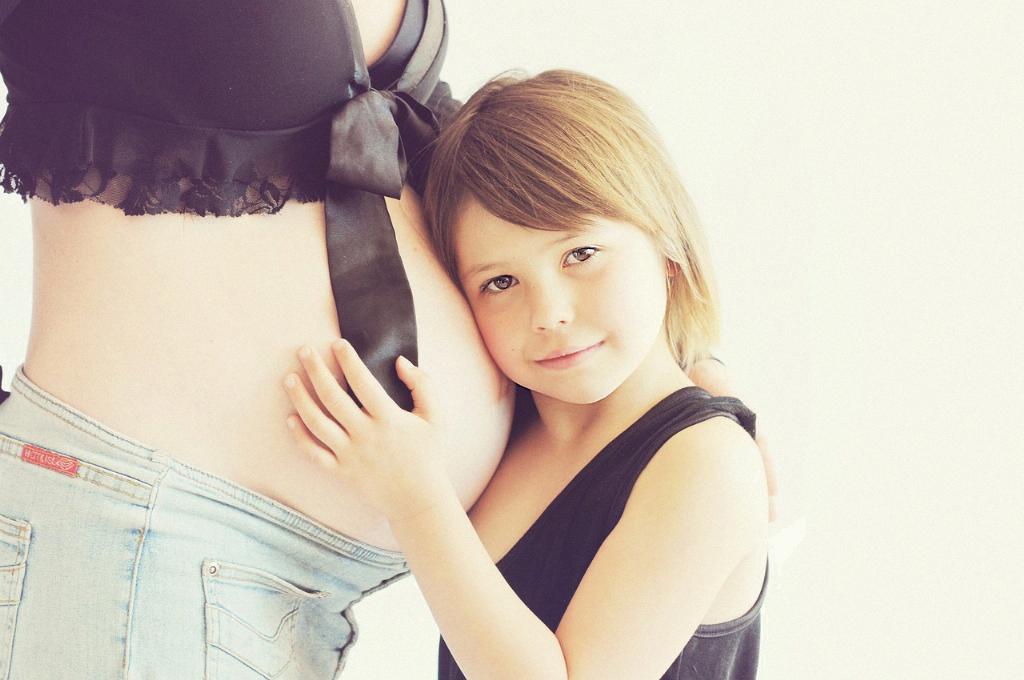When considering the position of a baby in the womb, a transverse lie raises concerns for both the health of the mother and the safety of the baby. The classic cesarean section is often recommended in cases where a transverse lie is present. This decision is primarily based on the potential technical challenges that may arise during delivery when the fetus is positioned sideways rather than in the optimal head-down position.
One of the main considerations in deciding whether a transverse lie is an indication for a cesarean section revolves around the safe extraction of the fetus. When a low-segment incision is used during a cesarean section, the positioning of the baby can significantly impact the ease and safety of the delivery process. In cases of a transverse lie, the extraction of the baby through such an incision may pose difficulties that could potentially compromise the well-being of both the mother and the infant.
Moreover, the risk of umbilical cord prolapse is higher in situations where the baby is in a transverse lie position. This can further complicate the delivery process and necessitate the need for a cesarean section to ensure the timely and safe arrival of the baby. The health care providers involved in the delivery must carefully evaluate the risks and benefits of vaginal delivery versus cesarean section in cases where a transverse lie is identified.
While there are differing opinions on the necessity of a cesarean section in cases of a transverse lie, the potential risks associated with attempting a vaginal delivery must be taken into account. The safety of both the mother and the baby is paramount, and any decision regarding the mode of delivery should prioritize their well-being above all else. Cesarean sections are often recommended in situations where the risks of vaginal delivery are deemed to outweigh the benefits, particularly in cases of transverse lies.
It is important for expectant mothers and their healthcare providers to have open and transparent discussions about the risks and benefits of different delivery options when a transverse lie is detected. The decision to proceed with a cesarean section should be made based on a thorough evaluation of the specific circumstances of each case, taking into consideration the overall health and well-being of both the mother and the baby.
Ultimately, the goal of any delivery is to ensure the safe arrival of a healthy baby while safeguarding the health and well-being of the mother. In cases where a transverse lie poses potential risks and challenges during delivery, a cesarean section may be recommended as a precautionary measure to prevent complications that could arise from attempting a vaginal delivery.
While cesarean sections carry their own set of risks and recovery considerations, the decision to proceed with this method of delivery in cases of a transverse lie is typically made with the best interests of both the mother and the baby in mind. The expertise and guidance of healthcare providers play a crucial role in determining the most appropriate course of action to ensure a safe and successful delivery for all involved.
In conclusion, a transverse lie can be considered an indication for a cesarean section due to the potential challenges and risks associated with attempting a vaginal delivery in such cases. The ultimate goal is to prioritize the safety and well-being of both the mother and the baby throughout the delivery process, and the decision to opt for a cesarean section in situations of a transverse lie is often made with careful consideration of the specific circumstances and potential complications that may arise.

